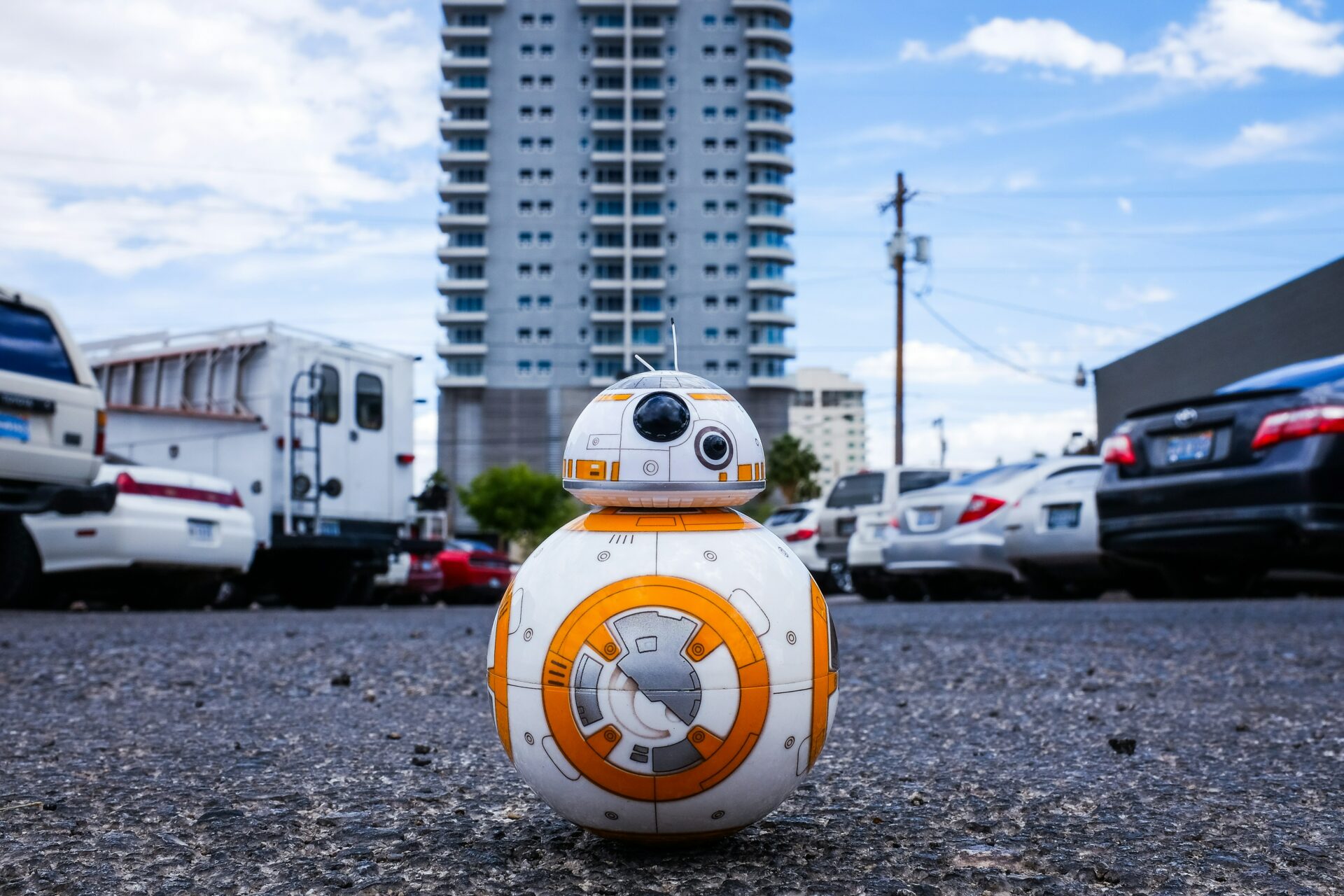
For this 2025 Restaurant Technology Network Market Watch, HT asked restaurant executives and restaurant technology industry insiders about operators’ top tech priorities, disruptive forces and much more.
Our panel included:
- Daniel Connolly, Dean, St. John Fisher University School of Business
- Tyler Fenton of Fentontelli’s Pizzeria & Bar in Tucson, Arizona
- Lee Holmam, Lead Retail Analyst, IHL Group
- Carl Comeaux, CEO, Crust Pizza Co., a 30+ location chain based in Sun Prairie, Wisconsin
- Jenna Spurrier, Pier 48 Fish House and Oyster Bar, Indianapolis
- Jack Mashin, Co-Founder, Wing Snob, a 20+ location chain based in Warren, Mich.
- Justin Belmont, CEO of Prose, a New York-based marketing and staffing agency
What are the top strategic priorities for restaurants in 2025?
Connolly: Developing tactics to address labor issues, finding new operational efficiencies to manage costs and improve guest service, and generating guest loyalty.
Fenton: Staff retention, guest satisfaction, sales growth.
Holman: Upgrading CRM/loyalty solutions, empowering restaurant personnel, personalizing the customer experience, integrating GenAI into existing apps, and advanced analytics.
Spurrier: I’m incredibly excited about our plans to introduce an augmented reality (AR) dining experience in 2025. This cutting-edge innovation will allow guests to use their smartphones or provided devices to embark on an immersive journey, learning about the origins and sustainability of their seafood, from ocean to plate. Through engaging visuals and interactive storytelling, diners will gain a deeper appreciation for the quality and care behind every dish, adding an educational and entertaining dimension to their meal. This AR experience not only aligns with our commitment to transparency and sustainability but also positions Pier 48 as a leader in culinary innovation. By offering our guests something truly unique, we are redefining the dining experience and creating lasting memories. This bold initiative will not only enhance customer engagement but will also solidify Pier 48’s reputation as a trailblazer in the competitive restaurant industry.
Mashini: Our focus in 2025 is on integrating AI wherever possible to enhance operational efficiency and customer experience. We’re prioritizing tools that automate routine tasks, like order-taking and customer service, to free up staff so they can concentrate on in-store hospitality.
What key challenges are keeping restaurant executives up at night?
Connolly: Labor shortages and costs. Adding to their worries are geopolitical uncertainty, the unknowns of what a new administration will bring, and the impact of new policies imposed.
Holman: Maintaining a necessary but rational technological edge to remain competitive.
What do you see as the most significant disruptive force on the restaurant industry in 2025? Beyond?
Comeaux: Technology will be the most disruptive force in the restaurant industry. AI, automation, and personalized data are transforming how we interact with guests, run our operations, and deliver great dining experiences. Restaurants that don’t embrace these tools will find it harder to keep up as customers expect more convenience, speed and customization. But technology is only part of the story. The real challenge—and opportunity—is balancing innovation with the human touch. No amount of tech can replace authenticity, great service, and high-quality food. For Crust Pizza, that means staying ahead with tools that make us more efficient, like bringing technology in-house, while always ensuring our guests feel that personal connection every time they visit.
Looking even further out, I think sustainability will be a major disruptor. The industry is going to have to step up and adapt to environmental pressures, whether that’s sourcing ingredients more responsibly, cutting down on waste, or using energy more efficiently. Guests care more than ever about the values behind the brands they support, so restaurants that don’t lead with purpose risk falling behind.
Connolly: Some of the most disruptive forces impacting the restaurant industry include artificial intelligence (both in terms of how restaurants deploy the technology and how guests choose to use it), potential changes to immigration policy, greater attention on sustainability, and rising costs (particularly, food, labor and energy).
Fenton: Rising costs will continue to be the most significant disruption to restaurants, which will eventually lead to a breaking point with tipping as well. Consumers are becoming more price sensitive, and tipping fatigue is very real. The combination of those two factors will lead to some major change in restaurants in the coming years.
Holman: Labor issues.
Belmont: Restaurants that embrace smart, customer-focused tech are the ones staying ahead. Challenges include integration overload: Too many tools, not enough communication. POS systems, reservation platforms, and delivery apps often don’t play nicely together, creating headaches for operators. Labor woes: Automating tasks with tech like self-order kiosks or scheduling software is a lifesaver, but getting staff to embrace it can be tricky.








